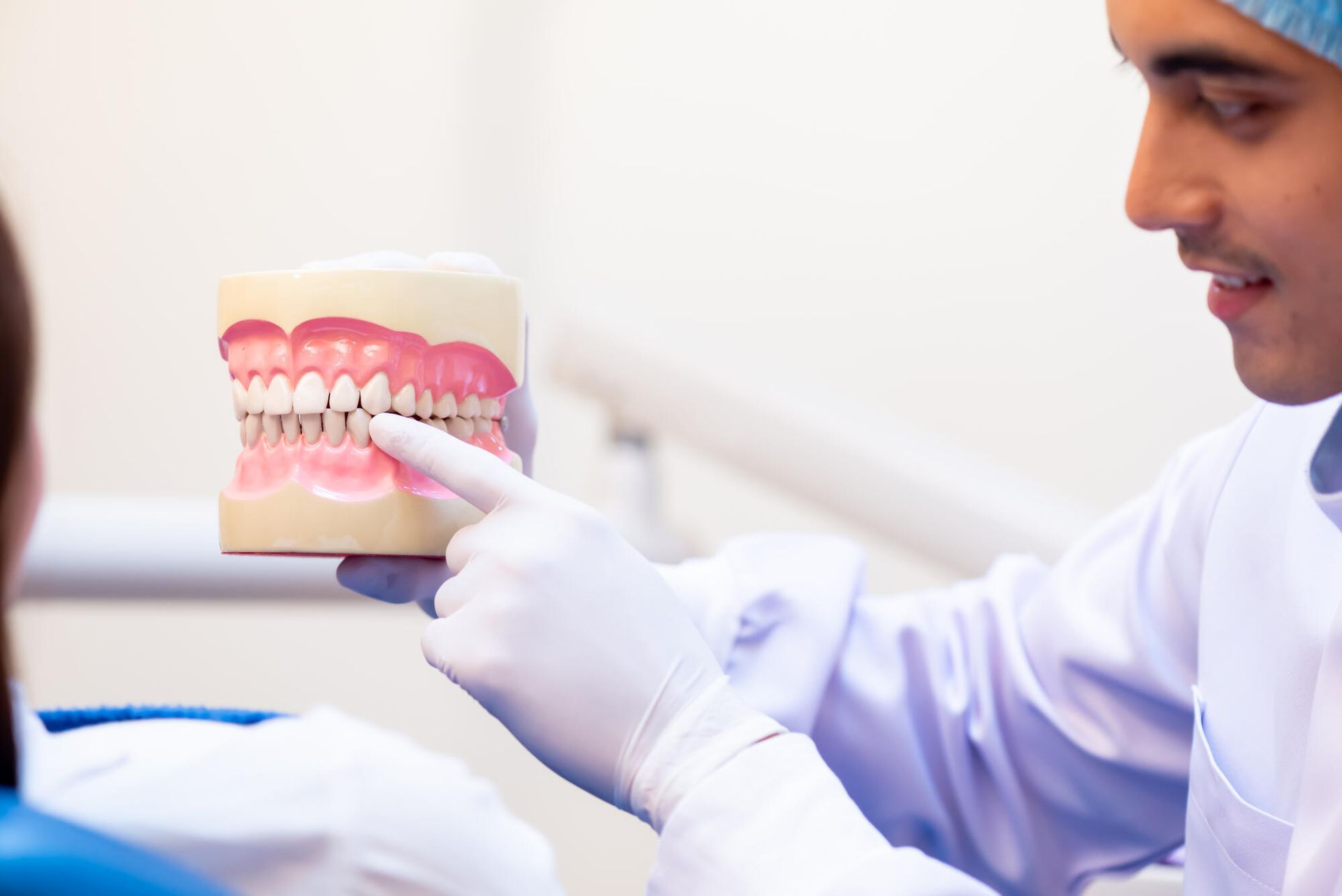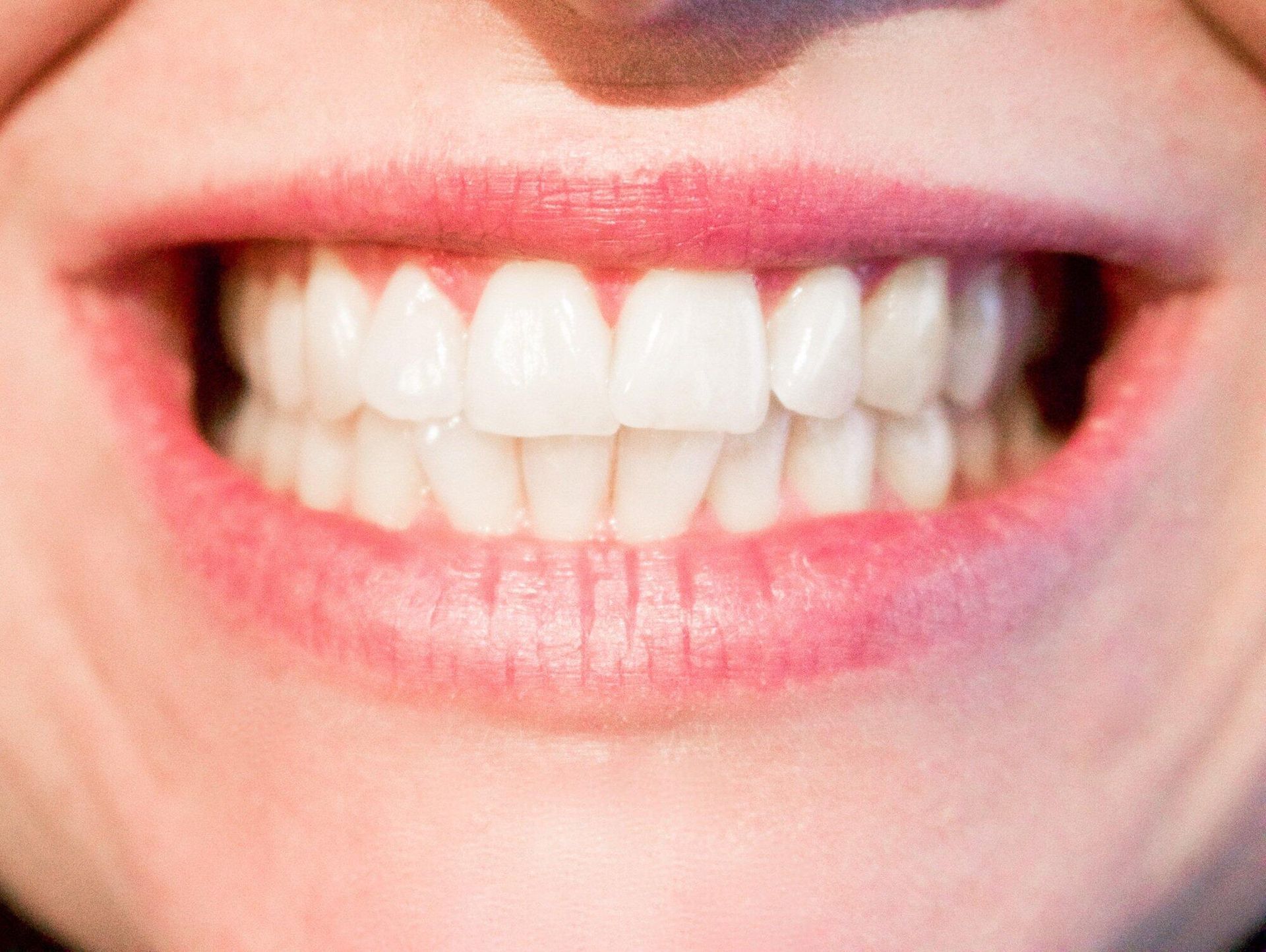Front Tooth Crowns: The Ultimate Guide to Dental Crown Procedures
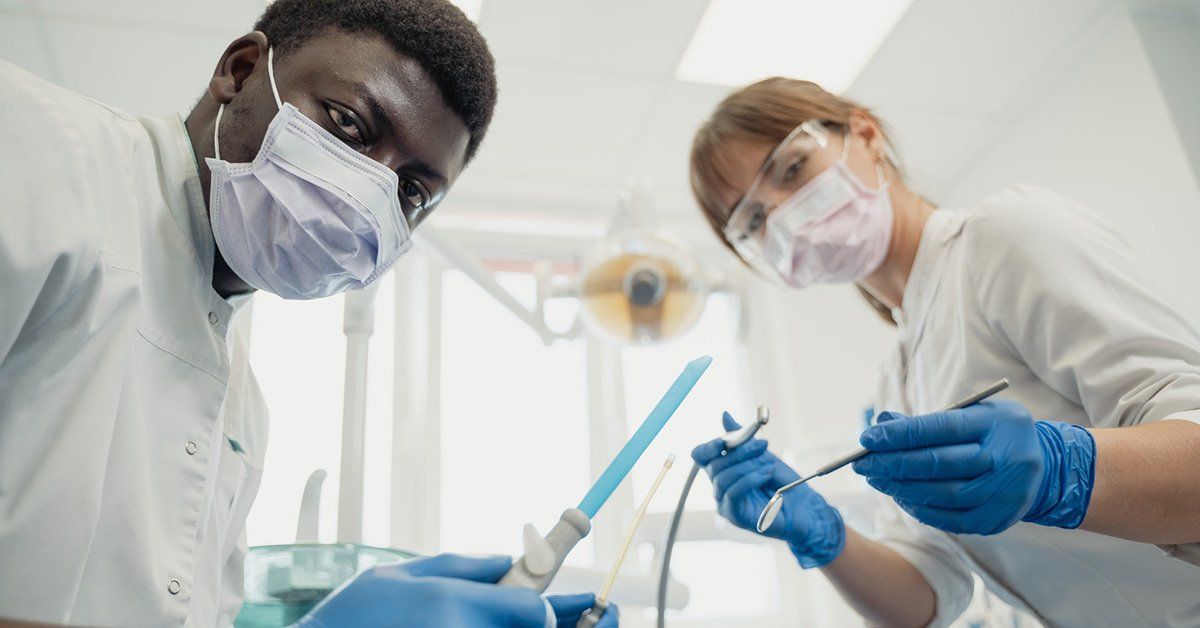
If you have missing or damaged front teeth, front tooth crowns can provide an immaculate opportunity to help restore or create a beautiful smile.
But what exactly is a dental crown? How much will it cost you? You have likely asked yourself the same questions listed above.
We are here to take the guesswork out of getting a front tooth crown. Read on to learn all about the dental crown procedure in our guide!
What is a Dental Crown
Why Do I Need a Crown
- Covering a tooth after a root canal
- Stabilizing a dental bridge
- Providing support for weak teeth
- Improving the appearance of discolored teeth
- Covering a tooth that has a large filling
Types of Crowns
- Ceramic
- Zirconia
- Porcelain
- Resin
- A combination of some of the above materials
Front Tooth Crown Procedure
Your First Appointment
This appointment is where a lot of your dental work will take place. First, your dentist will numb you with an injection to make sure you don't have pain during the process.
After that, they'll trim and shape the tooth down so that the crown can fit snugly. On your front tooth, the amount of tooth trimmed will vary, but you can expect, on average, for the dentist to trim around 70% of the tooth off.
The dentist decides this based on your tooth structure, the type of crown, and where the crown will be located. The crown needs to slip on the tooth easily so that it is stable enough to last you as long as possible.
When the desired tooth shape is ready, an impression of your tooth will be taken. Then, they'll clean it, drying it afterward.
Then you will have a cord placed around your tooth so that it pulls your gums back. This is done to make sure that your impression is accurate. Afterward, they will put a tray of impression material over your tooth as well as the surrounding teeth. This will help with figuring out the size and shape to make your permanent crown.
After a few minutes have passed and the impression has cured a bit, it will be removed.
This is when they will need to take a bite impression, which is a similar procedure that involves all of your teeth. This is to make sure your crown can be uniquely made to fit with the rest of your bite and so that you can chew easily.
Some dentists do digital impressions instead of physical ones during this process.
Next, the dentist will bring in a color chart to match the color of your natural teeth. Then, they'll use that for the temporary crown that's placed next to and for the permanent crown.
You may have to wait up to two weeks for the permanent crown to be complete.
Permanent Crown Placement
After your permanent crown has been made, you will need to go back to your dentist for placement.
Your dentist will put a numbing injection into the area where you will be replacing the temporary crown with the permanent one at this appointment.
After that, they'll remove the temporary crown and replace it with the permanent one. It may take several adjustments to the crown to get the perfect fit. When the desired fit of the crown is achieved, it will be sealed into place with strong cement. Any extra cement will be scraped away.
Post-Front Tooth Crown Placement
Tips for post-dental crown placement care are:
- Avoid hard foods, ice, and candy
- Maintain proper brushing and flossing
- Consider a mouthguard if you clench your teeth
- Make sure to schedule regular dental checkups
If cared for and fitted properly, a front tooth crown could last 10-15 years.
Front Tooth Crown Cost
A front tooth crown cost will vary based on what your overall procedure entails. For example, when a root canal or bridge needs to be completed and a crown, this will increase the cost.
According to the Consumer Guide to Dentistry, the average price range of a front tooth crown can be between $1000 and $3500.
Once you have met with your dentist and have received a treatment plan, they will go over costs in detail with you at that time.
Sometimes this procedure is covered by dental insurance. However, they may only pay for certain types of crowns.
Do You Need a Front Tooth Crown
If a broken, misaligned, or discolored tooth is something that you've been struggling with, consider getting a front tooth crown. A dental crown can make quite a difference by boosting your self-confidence, preventing further decay, or providing extra strength for weakened teeth.
Please contact us today to schedule a consultation. You can also reach our friendly staff at (918) 937-7694.
We are open extended hours from 7:00 A.M. to 7:00 P.M. Monday through Friday anOn Saturdays; we are open from 7:00 A.M. to 7 P.M.
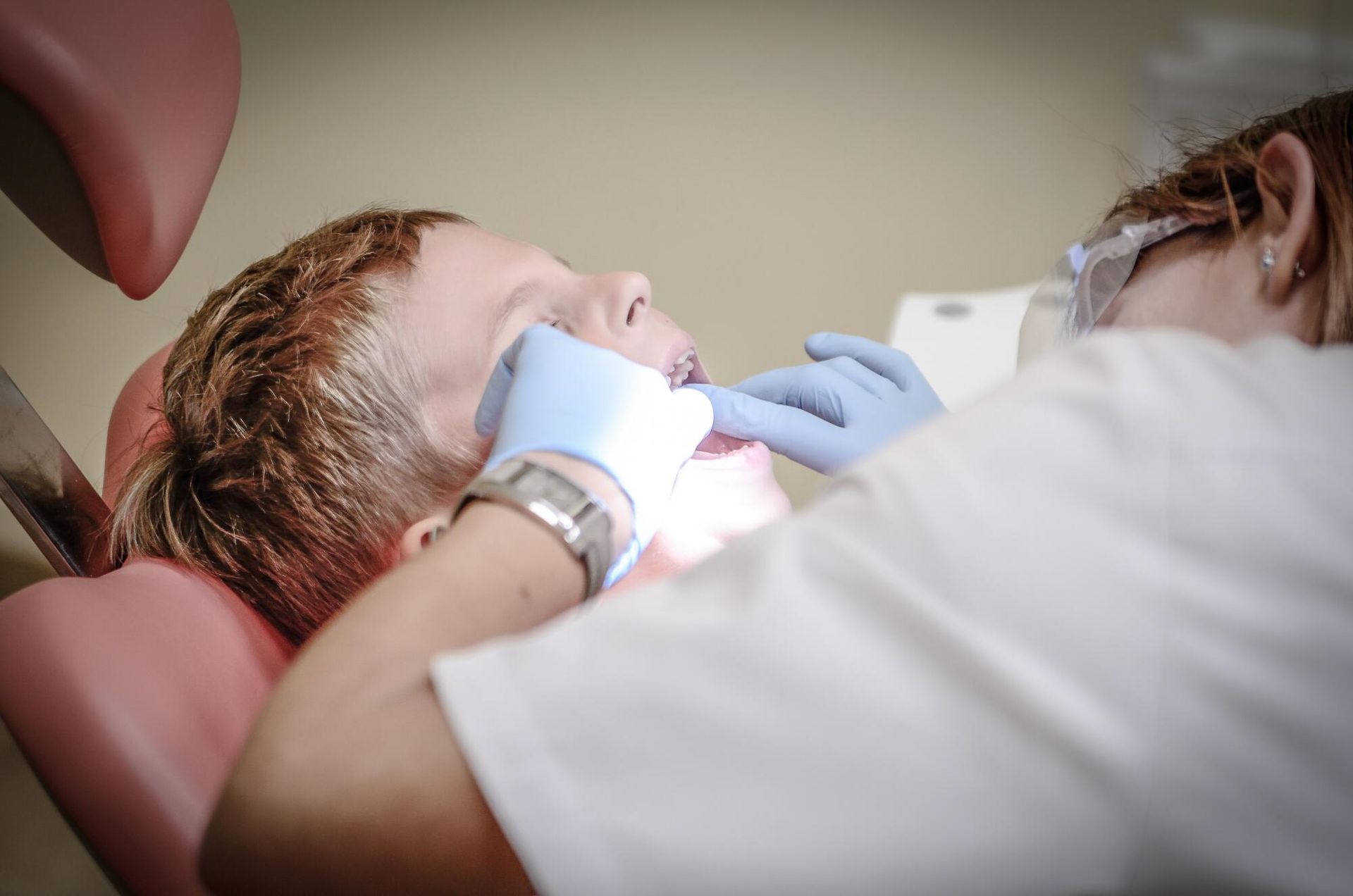
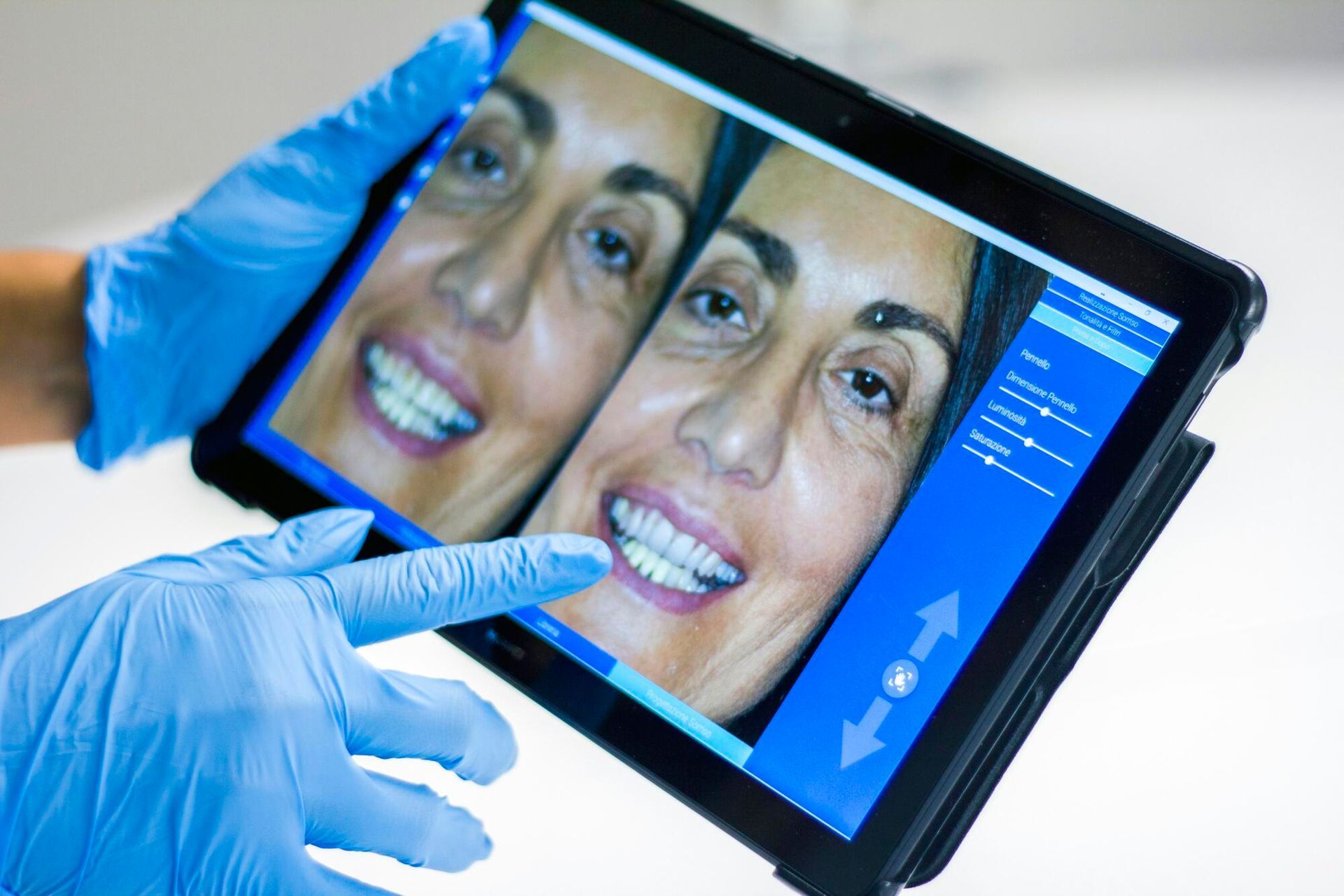
Catoosa Location
Locust Grove Location
Bixby Location
Tulsa Location
Nowata Location
This website and its marketing content are provided exclusively for use by clients of Dental Arts Management, LLC under the terms and conditions of the management services agreement.
All Rights Reserved | Dental Arts
Website Designed & Maintained by Xpress Promotion
918-937-7587
918-276-7318
918-205-7217
918-303-5048
918-393-4083



